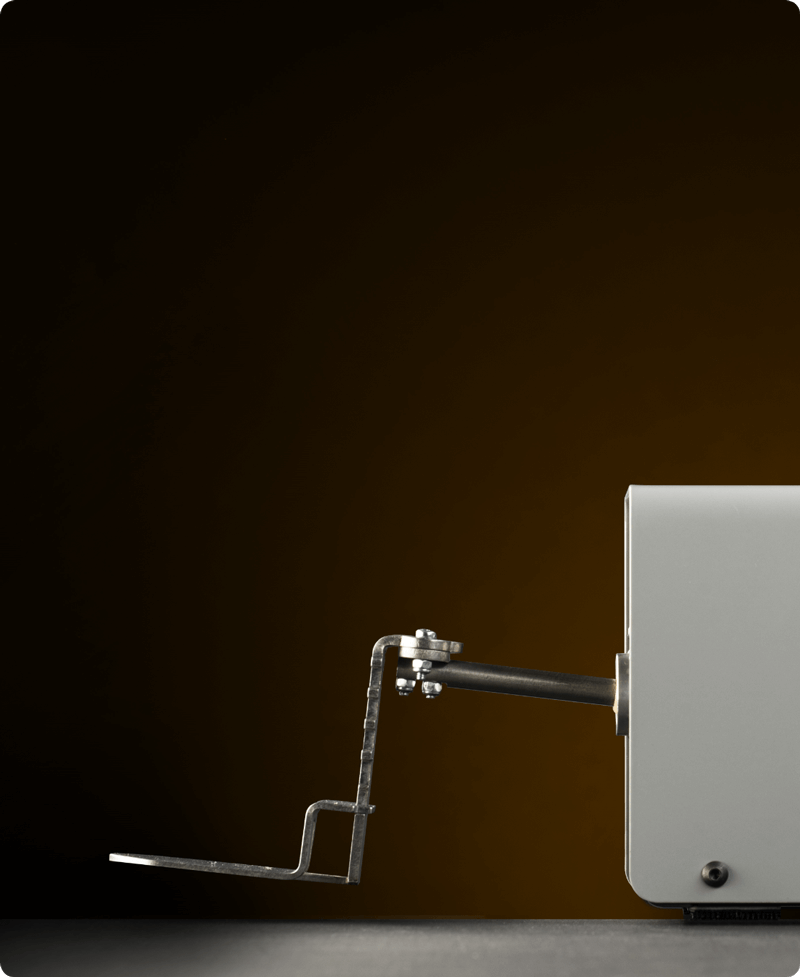Brick and mortar retailers have a lot of challenges to deal with after two years of pandemic and a rapid online shopping habit adoption. Apart from having to provide an amazing experience in-store to attract the attention of shoppers, they also need to make sure that they have the products shoppers are looking for.
On-shelf availability can impact customer satisfaction and sales. Inventory management can impact OSA and therefore can inconvenience your customers when it’s not done right. That’s why we are going to focus on shelf inventory management and its impact on any brick and mortar retail business.
What is inventory management?
Inventory management means managing the level of stock necessary at a certain time in a location. The level of stock depends on different factors such as season, trends, and the shelf life of certain items.
Retails usually stock products by using forecasts which may or may not be accurate every time. This is why inventory management tends to be a tricky challenge for brick and mortar stores. For online stores, inventory management is an easier task because they have a clearer overview of the products that are in stock and those that aren’t.
Physical retailers have a hard time keeping track of inventory if they are not using an image recognition system for management. Sometimes, products that appear in-store on the POS system might be damaged or they might even be stolen.
Why is inventory management important?
Inventory management helps retailers make sure that they have enough stock available and that they don’t end up with empty shelves or products stuck in the warehouse. Plus, it gives retailers a complete overview of their inventory.
Benefits and challenges of inventory management
Every retail business has a way to manage inventory, even if we are talking about a small, independent retailer who still uses spreadsheets to do so. The main benefits of tracking and managing inventory are:
1. It helps you save money
By inventorying your stock, you will be able to see certain trends and patterns that will help you better understand your real stock needs in the future. This can help you save up money because you will know which location needs more stock and which products have a high turnover.
2. It can improve cash flow
When done right, inventory management can help you improve cash flow. If you invest in products that have an inventory turnover, you will be able to have more cash flowing in that you can invest in other products instead of keeping your money stuck in inventory that is not moving from your warehouse.
3. It gives you a clear picture of your inventory
Of course, keeping track of the stock will give you a complete overview of how many products you have available at a certain time in a certain location.
4. It keeps customers satisfied
Last but definitely not least, when your shelves are filled with the products they want, your shoppers will be pleased and they will be coming back for more.
Like any other activity, inventory management comes with certain challenges. Here are some of them:
1. Getting accurate stock details
If you don’t keep track of your stock and are unable to get accurate stock details, then your inventory will be affected as well as your forecasting. If an SKU appears in stock while it is not, you will not place an order for new products and you will end up with an empty shelf.
2. Everchanging customer demand
Some things can be predicted, while others can’t. Retail is an everchanging industry and so are the demands of shoppers. Due to various trends and certain factors, the demand for now-popular products might decrease. The same can happen for products that are not selling well at the moment but might be fast sellers in the future.
3. Finding the right inventory management solution
For any business, there are the right tools and solutions. There isn’t a one-size-fits-all solution when it comes to inventory management. That’s why you need to take into account all of the factors such as your current inventory needs, your budget, and the size of your business.
How to ace shelf inventory management for your physical store
1. Adopt a shelf inventory management software
This will help you have a centralized system and a general overview of your current stock. Also, inventory management software comes with real-time tracking, data collection of in-demand products, and purchase reports.
2. Consider dropshipping
A great alternative for physical retailers, considering the competition they face from eCommerce platforms. Dropshipping means offering products that you don’t pack and store in your own warehouse by using resources from external vendors. You can mention that you don’t have the products available in-store, but they can be shipped in 2-3 days to the customers.
3. Always have alternative suppliers
Another important thing you should consider is having alternative vendors and suppliers. Sometimes, your regular suppliers might not be able to fulfill your purchase requests. Instead of having angry customers because your inventory is low, you can talk to an alternative supplier and they will be able to deliver the products.
Inventory management is a challenging part of retail, especially for physical stores. However, with the right solution and with good forecasting, you will be able to keep your customers happy and your shelves full.



